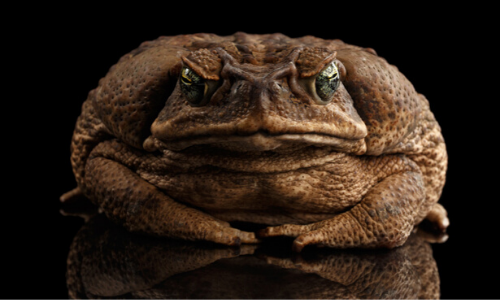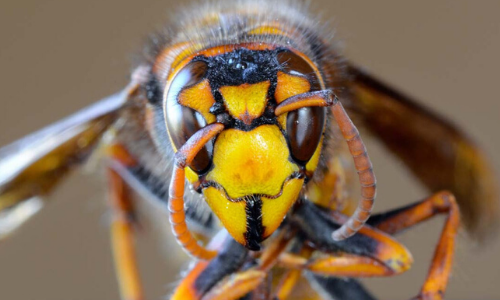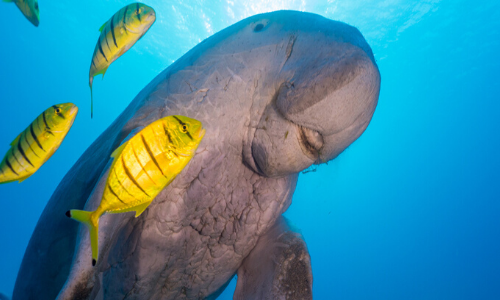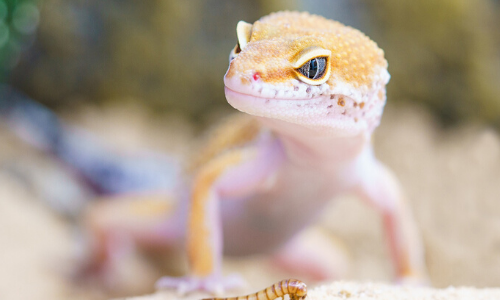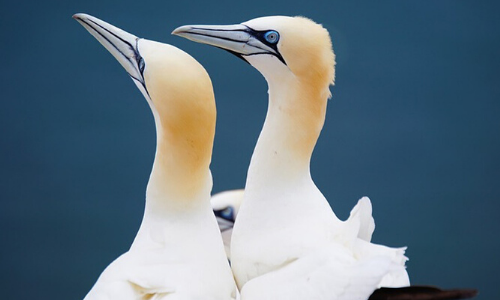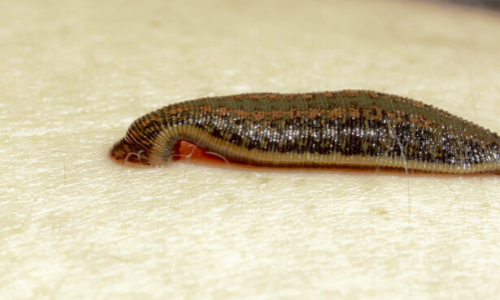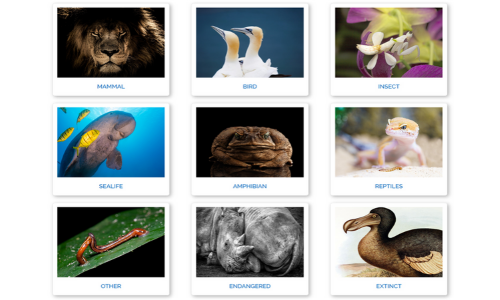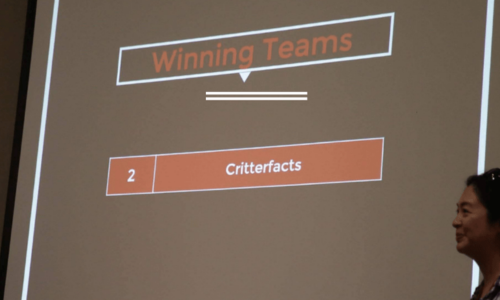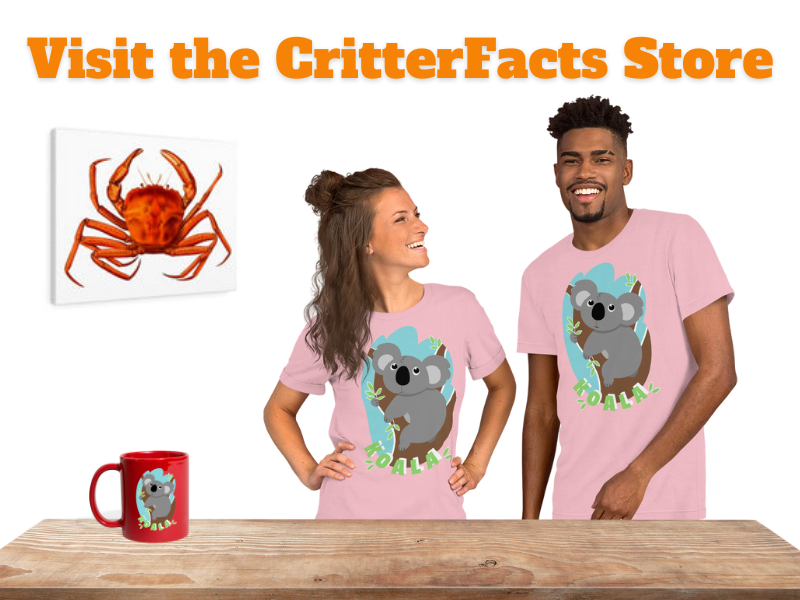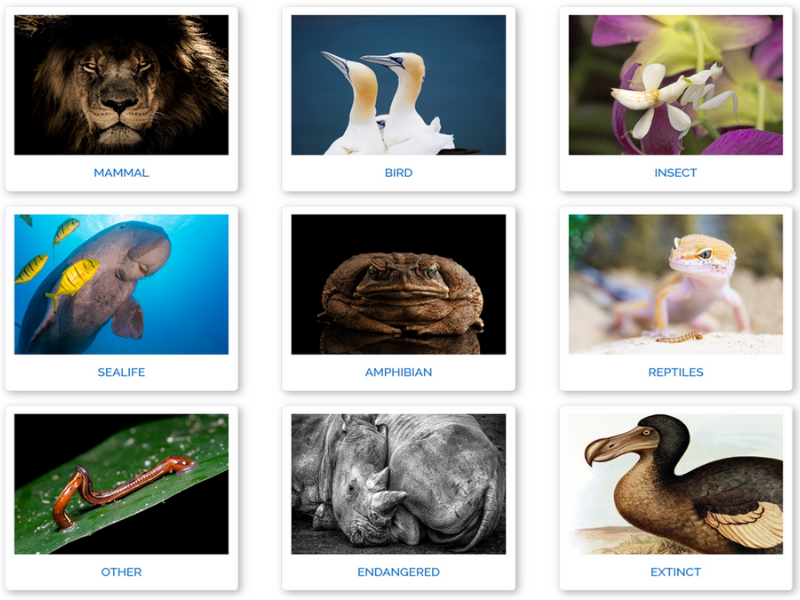

Scientific Classification
KINGDOM: Animalia
PHYLUM: Chordata
CLASS: Mammalia
ORDER: Diprotodontia
FAMILY: Macropodidae
GENUS: Thylogale
SPECIES: T. thetis
Conservation Status


Red-necked pademelons are one of the smaller of the subspecies growing 11-24 inches long not including their thick tail, which can reach 20 inches by itself. Female and male coat colorations and dimensions are the same, however, females weigh only around 8 pounds and the males weigh about 15.
Red-necked pademelons have soft brown-gray coats with cream-colored bellies and red-tinted fur on their neck and shoulders.




Red-necked pademelons mate at different times of the year depending on their location with both genders having multiple partners to increase reproductive success. Females are only pregnant for a month before giving birth to one baby called a joey. However, their joey is especially vulnerable as it must climb through the mother’s fur to the pouch where it will keep developing and nursing for 6 months.

Red-necked pademelons are usually solitary critters but may sometimes form small groups. They communicate within the group using clicks and thumping their hindfeet.


